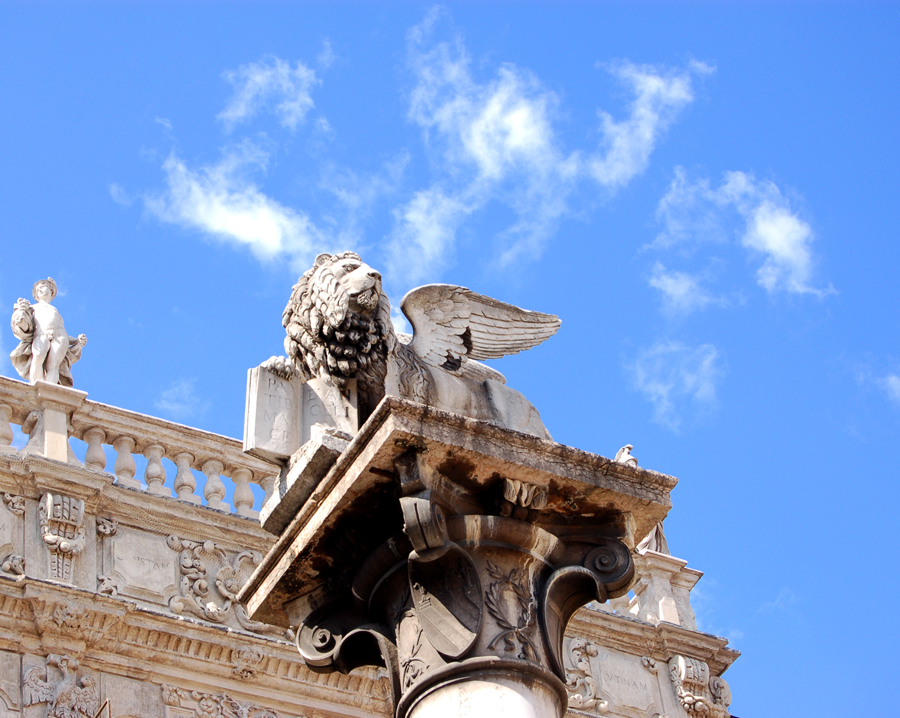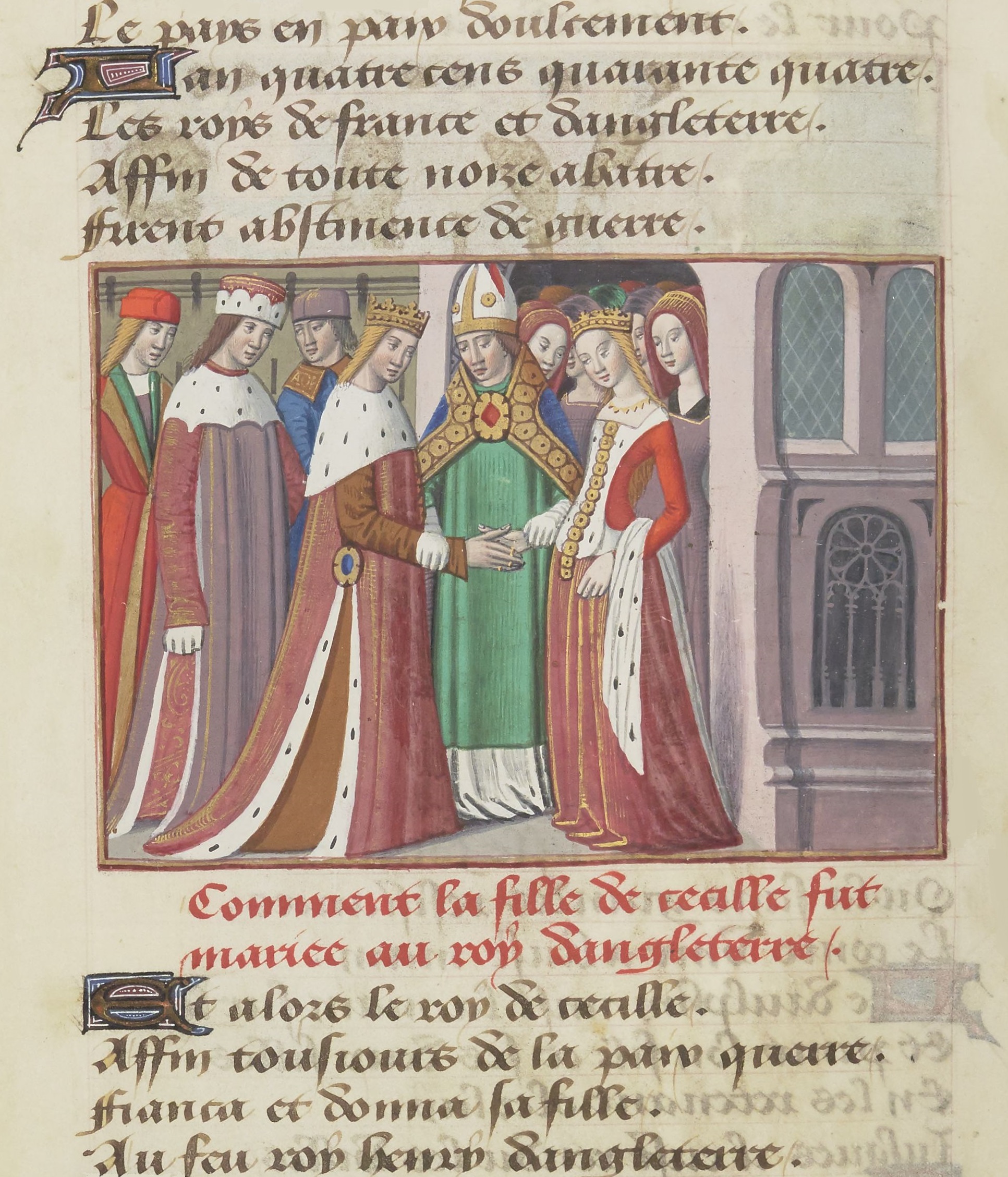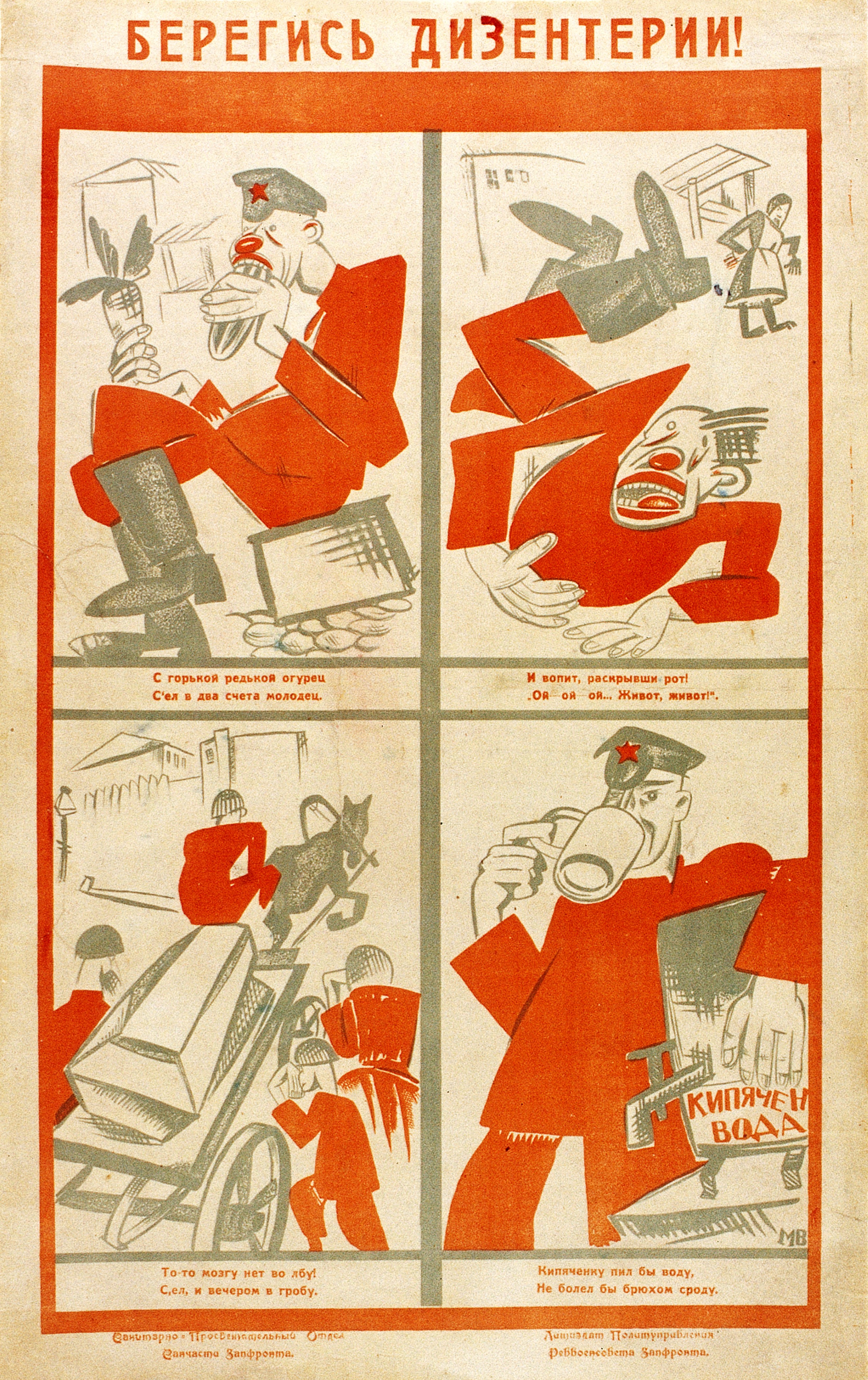|
Gabriele Zerbi
Gabriele Zerbi (1445–1505) was a Veronese professor at the Universities of Bologna and Padua. He was also referred to as Zerbus, Zerbo, Zerbis, Gerbo, Gerbi, and Gerbus. He survived the devastating bubonic plague outbreak of 1477–79 in Northern Italy. He published the first printed treatise on geriatrics, "Gerontocomia: On the Care of the Aged," which took the form of a practical guide. His other works included: ''Questiones Metaphysicae; De Cautelis Medicorum; Liber'' ''anatomiae corporis humani et singulorum membrorum'' ''illius;'' ''De anatomia infantiis et porci ex traditione'' ''Cophonis,'' and ''Libellus de preservatione corporum a'' ''passione calculosa.'' Early life Gabriele Zerbi was born in Verona to Francesco and Paola. Not much is known about his mother, Paola, but in various community documents that mention his father, Francesco, it appears that he was involved in various duties of civic responsibility, including the financial affairs of Verona. He had two broth ... [...More Info...] [...Related Items...] OR: [Wikipedia] [Google] [Baidu] |
Verona
Verona ( ; ; or ) is a city on the Adige, River Adige in Veneto, Italy, with 255,131 inhabitants. It is one of the seven provincial capitals of the region, and is the largest city Comune, municipality in the region and in Northeast Italy, northeastern Italy. The metropolitan area of Verona covers an area of and has a population of 714,310 inhabitants. It is one of the main tourist destinations in Northern Italy because of its artistic heritage and several annual fairs and shows as well as the Opera, opera season in the Verona Arena, Arena, an ancient Ancient Rome, Roman Amphitheatre, amphitheater. Between the 13th and 14th centuries, the city was ruled by the Scaliger, della Scala family. Under the rule of the family, in particular of Cangrande I della Scala, the city experienced great prosperity, becoming rich and powerful and being surrounded by new walls. The della Scala era is preserved in numerous monuments around Verona. Two of William Shakespeare's plays are set in Ve ... [...More Info...] [...Related Items...] OR: [Wikipedia] [Google] [Baidu] |
Metaphysics (Aristotle)
''Metaphysics'' (Ancient Greek, Greek: των μετὰ τὰ φυσικά, "those after the physics"; Latin: ''Metaphysica'') is one of the principal works of Aristotle, in which he develops the doctrine that he calls ''First Philosophy''. The work is a compilation of various texts treating abstract subjects, notably substance theory, different kinds of Causality, causation, hylomorphism, form and matter, the existence of mathematical objects and the cosmos, which together constitute much of the branch of philosophy later known as metaphysics. Date, style and composition Many of Aristotle's works are extremely compressed, and many scholars believe that in their current form, they are likely lecture notes. Subsequent to the arrangement of Aristotle's works by Andronicus of Rhodes in the first century BC, a number of his treatises were referred to as the writings "after ("meta") the ''Physics''", the origin of the current title for the collection ''Metaphysics''. Some have interpre ... [...More Info...] [...Related Items...] OR: [Wikipedia] [Google] [Baidu] |
Physicians From Verona
A physician, medical practitioner (British English), medical doctor, or simply doctor is a health professional who practices medicine, which is concerned with promoting, maintaining or restoring health through the study, diagnosis, prognosis and treatment of disease, injury, and other physical and mental impairments. Physicians may focus their practice on certain disease categories, types of patients, and methods of treatment—known as specialities—or they may assume responsibility for the provision of continuing and comprehensive medical care to individuals, families, and communities—known as general practice. Medical practice properly requires both a detailed knowledge of the academic disciplines, such as anatomy and physiology, underlying diseases, and their treatment, which is the science of medicine, and a decent competence in its applied practice, which is the art or craft of the profession. Both the role of the physician and the meaning of the word itself vary a ... [...More Info...] [...Related Items...] OR: [Wikipedia] [Google] [Baidu] |
Executed Italian People
Capital punishment, also known as the death penalty and formerly called judicial homicide, is the state-sanctioned killing of a person as punishment for actual or supposed misconduct. The sentence ordering that an offender be punished in such a manner is called a death sentence, and the act of carrying out the sentence is an execution. A prisoner who has been sentenced to death and awaits execution is ''condemned'' and is commonly referred to as being "on death row". Etymologically, the term ''capital'' (, derived via the Latin ' from ', "head") refers to execution by beheading, but executions are carried out by many methods, including hanging, shooting, lethal injection, stoning, electrocution, and gassing. Crimes that are punishable by death are known as ''capital crimes'', ''capital offences'', or ''capital felonies'', and vary depending on the jurisdiction, but commonly include serious crimes against a person, such as murder, assassination, mass murder, child murder, ... [...More Info...] [...Related Items...] OR: [Wikipedia] [Google] [Baidu] |
15th-century Italian Physicians
The 15th century was the century which spans the Julian calendar dates from 1 January 1401 (represented by the Roman numerals MCDI) to 31 December 1500 (MD). In Europe, the 15th century includes parts of the Late Middle Ages, the Early Renaissance, and the early modern period. Many technological, social and cultural developments of the 15th century can in retrospect be seen as heralding the " European miracle" of the following centuries. The architectural perspective, and the modern fields which are known today as banking and accounting were founded in Italy. The Hundred Years' War ended with a decisive French victory over the English in the Battle of Castillon. Financial troubles in England following the conflict resulted in the Wars of the Roses, a series of dynastic wars for the throne of England. The conflicts ended with the defeat of Richard III by Henry VII at the Battle of Bosworth Field, establishing the Tudor dynasty in the later part of the century. Constantino ... [...More Info...] [...Related Items...] OR: [Wikipedia] [Google] [Baidu] |
1505 Deaths
__NOTOC__ Year 1505 ( MDV) was a common year starting on Wednesday of the Julian calendar. Events January–March * January 14 – Pope Julius II issues the papal bull ''Cum tam divino'', decreeing a reform in the Roman Catholic Church to prohibit simony, the buying and selling of church offices ranging from bishops to the pope himself. * January 23 – Lunkaran begins his reign as the Rao of the Indian kingdom of Bikaner in what is now the Rajasthan state of India. * January 24 – Under the terms of the Treaty of Tordesillas, Pope Julius II sets the line of demarcation in the New World between Spain's and Portugal's territory as a line of longitude 370 leagues west of the Cape Verde islands. The ambiguous definition of the measure of a league places the line between 42°30' W to 49°45' W. * February 7 – During a visit to Windsor Castle as guests of King Henry VII of England, Philip the Handsome, Duke of Burgundy, plays a game of tennis agains ... [...More Info...] [...Related Items...] OR: [Wikipedia] [Google] [Baidu] |
1445 Births
Year 1445 ( MCDXLV) was a common year starting on Friday of the Julian calendar. Events January–March * January 1 – In northern India, Ala-ud-Din Alam Shah becomes the new Sultan of Delhi upon the death of his father, Muhammad Shah IV. * January 13 – King Henry VI of England summons the English Parliament for the first time in almost three years, directing the Lords and the members of the House of Commons to assemble at Westminster on February 25. * January 19 – In Poland, the Duchy of Oświęcim, ruled jointly since 1434 by the three sons of the late Duke Casimir of the Piast dynasty, is divided between the three brothers. Wenceslaus I, the eldest, receives the Duchy of Zator, Przemysław becomes ruler of Toszek and Jan IV, the youngest of the brothers, receives the capital, Oświęcim, along with the towns of Kęty and Żywiec. * February 25 – The English Parliament is opened by King Henry IV. On the first day, the House of Commons ele ... [...More Info...] [...Related Items...] OR: [Wikipedia] [Google] [Baidu] |
Comparative Anatomy
Comparative anatomy is the study of similarities and differences in the anatomy of different species. It is closely related to evolutionary biology and phylogeny (the evolution of species). The science began in the classical era, continuing in the early modern period with work by Pierre Belon who noted the similarities of the skeletons of birds and humans. Comparative anatomy has provided evidence of common descent, and has assisted in the classification of animals. History The first specifically anatomical investigation separate from a surgical or medical procedure is associated by Alcmaeon of Croton. Leonardo da Vinci made notes for a planned anatomical treatise in which he intended to compare the hands of various animals including bears. Pierre Belon, a French naturalist born in 1517, conducted research and held discussions on dolphin embryos as well as the comparisons between the skeletons of birds to the skeletons of humans. His research led to modern comparative a ... [...More Info...] [...Related Items...] OR: [Wikipedia] [Google] [Baidu] |
Cadavers
A cadaver, often known as a corpse, is a dead human body. Cadavers are used by medical students, physicians and other scientists to study anatomy, identify disease sites, determine causes of death, and provide tissue to repair a defect in a living human being. Students in medical school study and dissect cadavers as a part of their education. Others who study cadavers include archaeologists and arts students. In addition, a cadaver may be used in the development and evaluation of surgical instruments. The term ''cadaver'' is used in courts of law (and, to a lesser extent, also by media outlets such as newspapers) to refer to a dead body, as well as by recovery teams searching for bodies in natural disasters. The word comes from the Latin word ''cadere'' ("to fall"). Related terms include ''cadaverous'' (resembling a cadaver) and ''cadaveric spasm'' (a muscle spasm causing a dead body to twitch or jerk). A cadaver graft (also called “postmortem graft”) is the grafting of tiss ... [...More Info...] [...Related Items...] OR: [Wikipedia] [Google] [Baidu] |
Eucharius Cervicornus
Saint Eucharius is venerated as the first bishop of Trier. He lived in the second half of the 3rd century. Narrative According to an ancient legend, he was one of the seventy-two disciples of Christ, and was sent to Gaul by Saint Peter as bishop, together with the deacon Valerius and the subdeacon Maternus, to preach the Gospel.Meier, Gabriel. "St. Eucharius." The Catholic Encyclopedia Vol. 5. New York: Robert Appleton Company, 1909. 16 April 2020 They came to the and to in |
Dalmatia
Dalmatia (; ; ) is a historical region located in modern-day Croatia and Montenegro, on the eastern shore of the Adriatic Sea. Through time it formed part of several historical states, most notably the Roman Empire, the Kingdom of Croatia (925–1102), Kingdom of Croatia, the Republic of Venice, the Austrian Empire, and presently the Croatia, Republic of Croatia. Dalmatia is a narrow belt stretching from the island of Rab (island), Rab in the north to the Bay of Kotor in the south. The Dalmatian Hinterland ranges in width from fifty kilometres in the north, to just a few kilometres in the south; it is mostly covered by the rugged Dinaric Alps. List of islands of Croatia, Seventy-nine islands (and about 500 islets) run parallel to the coast, the largest (in Dalmatia) being Brač, Pag (island), Pag, and Hvar. The largest city is Split, Croatia, Split, followed by Zadar, Šibenik, and Dubrovnik. The name of the region stems from an Illyrians, Illyrian tribe called the Dalmatae, w ... [...More Info...] [...Related Items...] OR: [Wikipedia] [Google] [Baidu] |
Dysentery
Dysentery ( , ), historically known as the bloody flux, is a type of gastroenteritis that results in bloody diarrhea. Other symptoms may include fever, abdominal pain, and a feeling of incomplete defecation. Complications may include dehydration. The cause of dysentery is usually the bacteria from genus '' Shigella'', in which case it is known as shigellosis, or the amoeba '' Entamoeba histolytica''; then it is called amoebiasis. Other causes may include certain chemicals, other bacteria, other protozoa, or parasitic worms. It may spread between people. Risk factors include contamination of food and water with feces due to poor sanitation. The underlying mechanism involves inflammation of the intestine, especially of the colon. Efforts to prevent dysentery include hand washing and food safety measures while traveling in countries of high risk. While the condition generally resolves on its own within a week, drinking sufficient fluids such as oral rehydration solutio ... [...More Info...] [...Related Items...] OR: [Wikipedia] [Google] [Baidu] |







